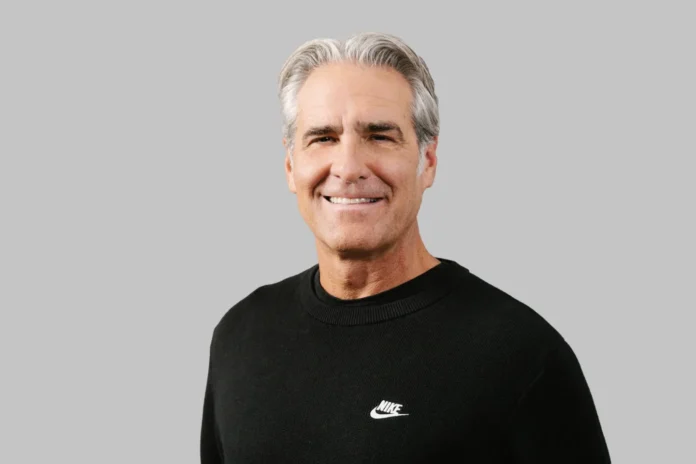In a bold move that has sent ripples through the sportswear industry, Nike Inc. has parted ways with Chief Executive Officer John Donahoe, replacing him with Elliott Hill, a longtime executive who previously retired from the company in 2020. This leadership change comes at a crucial juncture for the iconic sneaker-maker, which has faced significant challenges over the past two years, including increased competition and declining market performance.
A Veteran Returns
Elliott Hill is no stranger to Nike. Having spent many years in various leadership roles within the company, Hill brings a wealth of experience and knowledge that could be instrumental in revitalizing Nike’s strategy and reconnecting with employees and retail partners. His familiarity with the brand and its culture may foster a sense of stability amid ongoing turbulence in the market.
Hill’s return signifies a potential shift in Nike’s approach as it seeks to re-establish itself as a dominant player in the competitive sportswear landscape. However, the challenges ahead are considerable. With a plethora of new sportswear brands emerging and established competitors like Adidas and Puma continuing to innovate, Hill’s mission to steer Nike back on track will not be a swift or easy endeavor.
The Decline Under Donahoe
John Donahoe’s tenure at the helm of Nike had become increasingly scrutinized, particularly as the company faced sliding performance metrics and a notable 25% decline in its stock price this year. The mounting pressure for change was underscored by increasing discussions around executive leadership, highlighting a growing consensus that a strategic overhaul was necessary.
Donahoe’s departure reflects a broader acknowledgment within Nike of the need for a renewed direction, especially as the market landscape evolves. The emergence of numerous agile competitors has tested Nike’s longstanding dominance, with many upstarts rapidly gaining traction and market share. Furthermore, Adidas CEO Bjorn Gulden has proven to be an effective and adaptable leader, further intensifying the competitive landscape.
Investor Sentiment and Stakeholder Pressure
The shift in leadership also comes in the wake of significant shareholder scrutiny. Notably, Bill Ackman’s Pershing Square Holdings disclosed a $229 million stake in Nike, signaling a level of concern among investors about the company’s performance and future prospects. Ackman’s involvement suggests that stakeholders are closely watching Nike’s strategic decisions and may demand accountability as the new leadership takes the reins.
Investors are likely looking for a clear vision and action plan from Hill to not only stabilize the company but also reinvigorate its growth trajectory. This will involve not just reconnecting with existing customers but also attracting new ones, particularly younger demographics that have increasingly gravitated toward more niche brands.
The Path Forward
For Elliott Hill, the challenge will be twofold: reviving internal morale and loyalty while also addressing external pressures from competitors. Re-establishing Nike’s brand identity and core values will be critical as the company looks to differentiate itself in a crowded marketplace.
Moreover, Hill will need to leverage Nike’s extensive resources and innovative capabilities to drive product development and marketing strategies that resonate with consumers. Focusing on sustainability, technology integration, and personalized consumer experiences may be vital to regaining market share and enhancing brand loyalty.
Conclusion: A New Chapter for Nike
Nike’s leadership transition marks a pivotal moment for the company as it seeks to navigate a challenging environment. With Elliott Hill at the helm, there is hope for renewed vigor and a strategic refocus that could set the stage for recovery and growth. However, the path will require careful navigation through a landscape filled with obstacles and opportunities.
As Nike embarks on this new chapter, stakeholders will be closely monitoring the execution of its strategies and the effectiveness of its leadership under Hill. The stakes are high, and the sportswear giant must rise to the occasion if it hopes to reclaim its status as the market leader.



